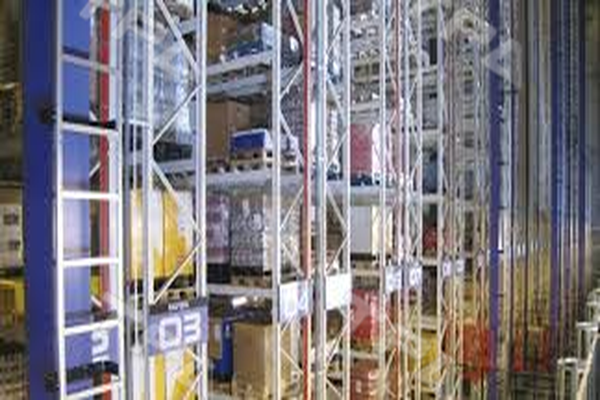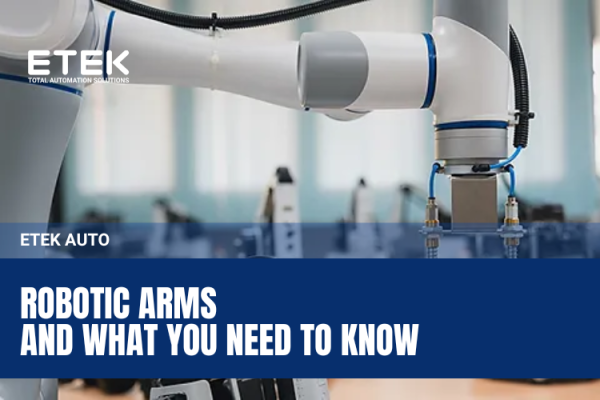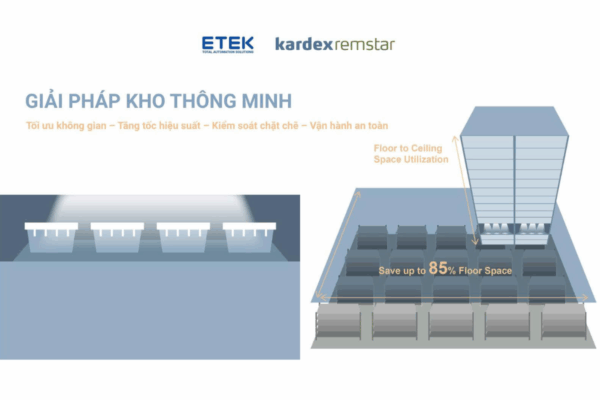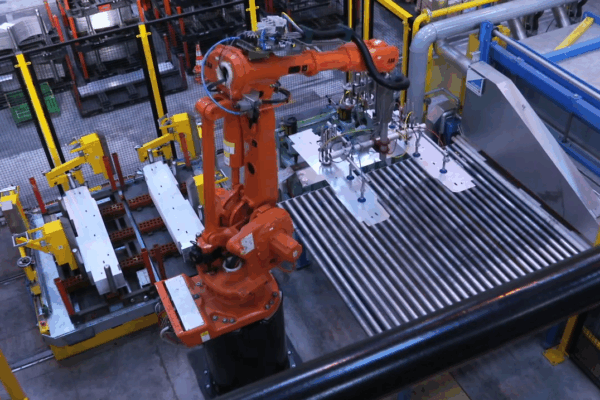The demand for robotic welding and industrial welding robots is continuing to increase, especially in Vietnam – a country in the process of industrialization and modernization.
The welding industry is facing a shortage of highly skilled, qualified welders. According to statistics, in 2024, the welding industry will lack 400,000 experienced workers because the industry is toxic and older workers must retire after the age of 35. This is an industry with a low average age of welders, making it difficult to meet the needs of the market.
Besides, in the growing manufacturing sector, there is a heavy reliance on welds for high-quality products for industrial and commercial use. So, welding robots or industrial welding robots are the most effective choice for factories and eliminate the above difficult factors.
Robotic welding applications can help the industry overcome these challenges and add new efficiencies to organizations.

Investing in industrial welding robots requires significant and efficient investment costs with many factories with large production scales. However, with modern and cost-effective technologies, welding robot solutions have become easily accessible to almost all production activities.
Here are 5 advantages of welding robots when applied to production activities that businesses should pay attention to to consider whether the investment is necessary or not?
Consistent welding depends on the welder’s qualifications. External factors will affect the quality of work of workers such as health, environment, overload will creep into the working process affecting the quality of welds. From there, it is necessary to redo the wrong welding errors that cost a lot.
Some common problems with manual welds include:
Welding robots are a digitized process system, which is set up and increases the consistency of welds, so the application of welding robots helps reduce the number of times and complete the fastest and most aesthetic welding process.
Speeding up welding tasks, industrial welding robots also perform operations according to factory parameters and significantly improve quality. Welding robots also do not need to rest and perform work 24/7.
Once you have your system set up, you can:
Quality is a top concern for every company, welding robots can ensure quality, while speeding up the execution of each task.
In addition to saving time, robotic welding will also reduce material waste during each operation. When you program a welding robot to perform correctly, it eliminates errors that require rework and the use of additional materials to repair the weld. By running the welding robot consistently, the factory will reduce the frequency of machine starts, which increases energy consumption.
Industrial welding robots allow you to control the amount of material that goes into each weld, eliminating variations in cost per welding task.

Hiring a professional welder can be expensive. Even mid-skilled welders are harder to come by, affecting the output cost of the product. A welding robotic machine may be more expensive to buy at first, but once the platform is up and running, you can perform tasks consistently without hiring any additional welders.
At that time, your skilled welder becomes the supervisor who supervises many systems and ensures the quality of each welding task, and the welding robot will perform continuous welding tasks according to the requirements of the business.
Welding is a dangerous job with many potential risks for the operator. According to Statistics, 28% of all workplace injuries to metal and plastic workers are caused by welders. Welding robots help eliminate many of the risks workers face, while safety controls help protect equipment.
Some of the risks you can eliminate with a robotic welding system include:
With workplace safety always a concern in the manufacturing industry, welding robots will help improve welding safety and avoid costly injuries to your professional welders.
Besides the many advantages of welding robots, the robot system requires a significant investment. However, businesses can recover costs quickly with increased productivity and always guaranteed quality, meeting time requirements for every order.
ETEK Automation Solutions Joint Stock Company provides welding robot solutions and industrial welding robots for businesses to ensure they meet the costs and specific requirements of the manufacturing plant.
FOR MORE INFORMATION, PLEASE CONTACT ETEK AUTOMATION SOLUTIONS JOINT STOCK COMPANY

The high-density, high-speed, and flexible pallet storage system makes ETEK’s Automated Storage and Retrieval System (AS/RS) for pallets one of the most advanced automated warehousing solutions on the market. With…

What is a robot arm? The robotic arm is programmed to perform a specific task. Additionally, the joints move along the axis of rotation in a certain number of directions.…

As manufacturing and logistics businesses increasingly focus on efficiency and accuracy, smart warehouse solutions are becoming a strategic choice to improve performance, save space and ensure safe operations. The Kardex…

In the context of the booming Industry 4.0, metal stamping automation is no longer an option but a mandatory trend if businesses want to increase productivity, ensure quality and minimize labor risks. Industrial…